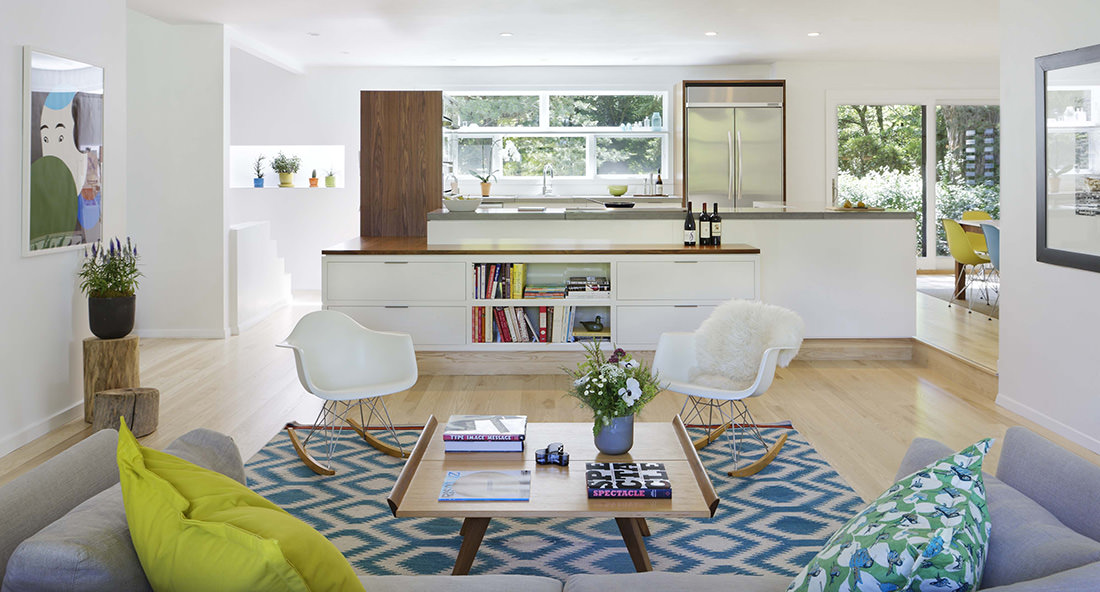
Why Scandinavian Modern Design Is So Popular
Mette Aamodt explains in the Architectural Digest article, “How Scandinavian Modern Design Took the World By Storm” by Meaghan O’Neill, why Scandinavian design is so popular. An excerpt of the article is reprinted below
With a focus on craftsmanship, materials and clean lines, the philosophy behind the style remains relevant today.
The roots of Scandinavian design go far deeper than the Hygge-mania of the past few years. Emerging in the 1950s alongside the modernist movement in Europe and America, Scandinavian modern style prioritized democratic, affordable and sleek furnishings and interiors. Clean lines, functional furnishings, and a neutral color palette were hallmarks of modernist style everywhere. But the Scandinavian design of the era was also heavily influenced by the Nordic region’s cold, short winter days and a desire for interiors to be cozy yet bright.
These practical considerations led to a new level of spare elegance and a fondness for lighter colors, simple forms and open-plan spaces. Designed to maximize light at every turn, Nordic interiors also began to favor pale-colored walls and flooring and spaces free of clutter and ornamentation. Rather than serving just one function – such as a dining room, say, that would only be used on occasion for special events – open-plan, flexible spaces could accommodate a variety of activities, furthering the practicality of their design.
“The modern movement was called ‘Functionalism’ in Scandinavia and architecture and design were intended first and foremost to be useful,” says Cambridge, Massachusetts-based, architect Mette Aamodt, co-founder of the firm, Aamodt/Plumb. Aamodt spent her childhood in Norway and is the daughter of a Norwegian architect. “Function combined with inspiration from nature creates a very warm strain of modernism that is very easy to relate to and continues to appeal to many people,” she says to explain the style’s enduring popularity.
Notable designers of the era – such as Finn Juhl, Hans Wegner, Arne Jacobsen – frequently used teak, rosewood, birch and ash in their furnishings, which lent warmth without being overly rustic. These designers achieved an elegant combination of practicality and sophistication that was perhaps unmatched by many of their contemporaries in other countries. As a result, many of their furnishings remain in production today.
“Scandinavian design is timeless because it is simple, beautiful, finely crafted and made with natural materials that appeal on a fundamentally human level,” says Aamodt. While her firm’s designs are unmistakable 21st century, there is an inherent Scandinavian undercurrent in its work, driven, above all, by an emphasis on quality over quantity.
Check out the Modern Barns project, which marries Scandinavian style with contemporary pops of color.





